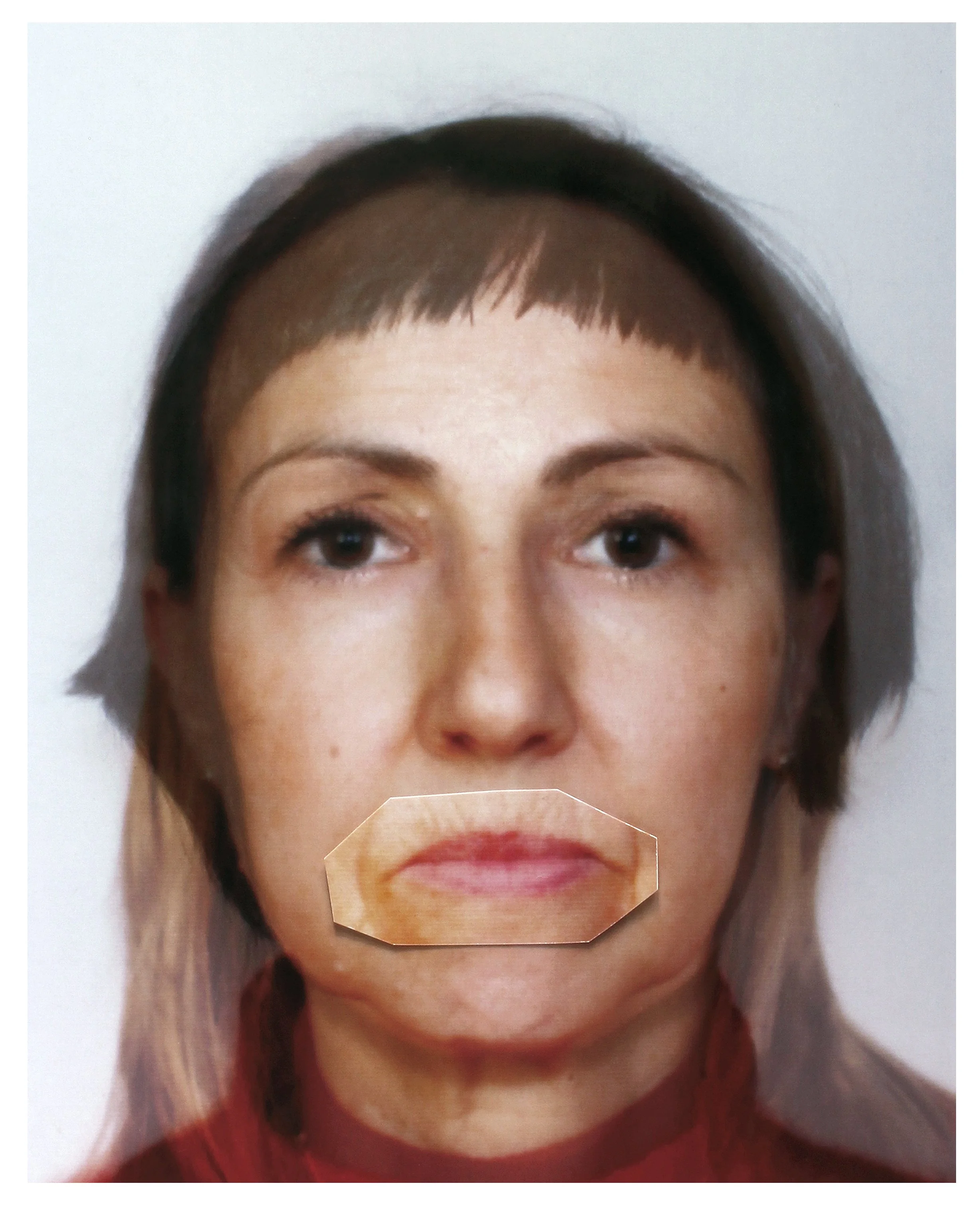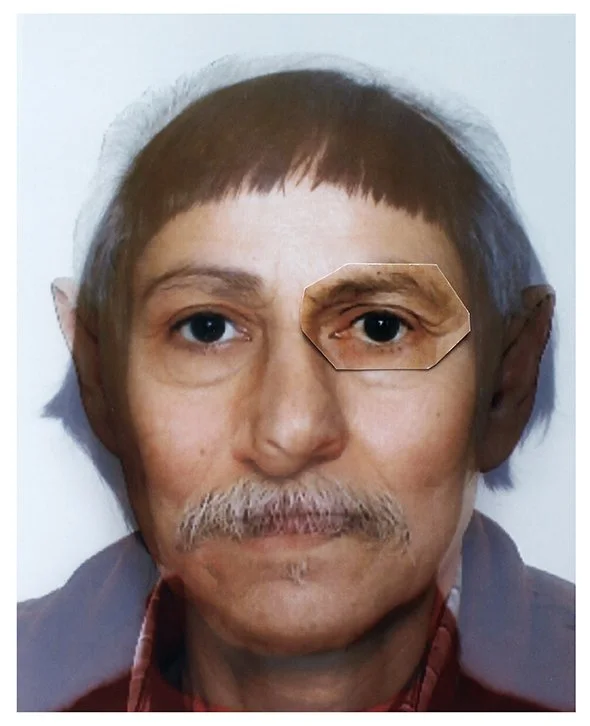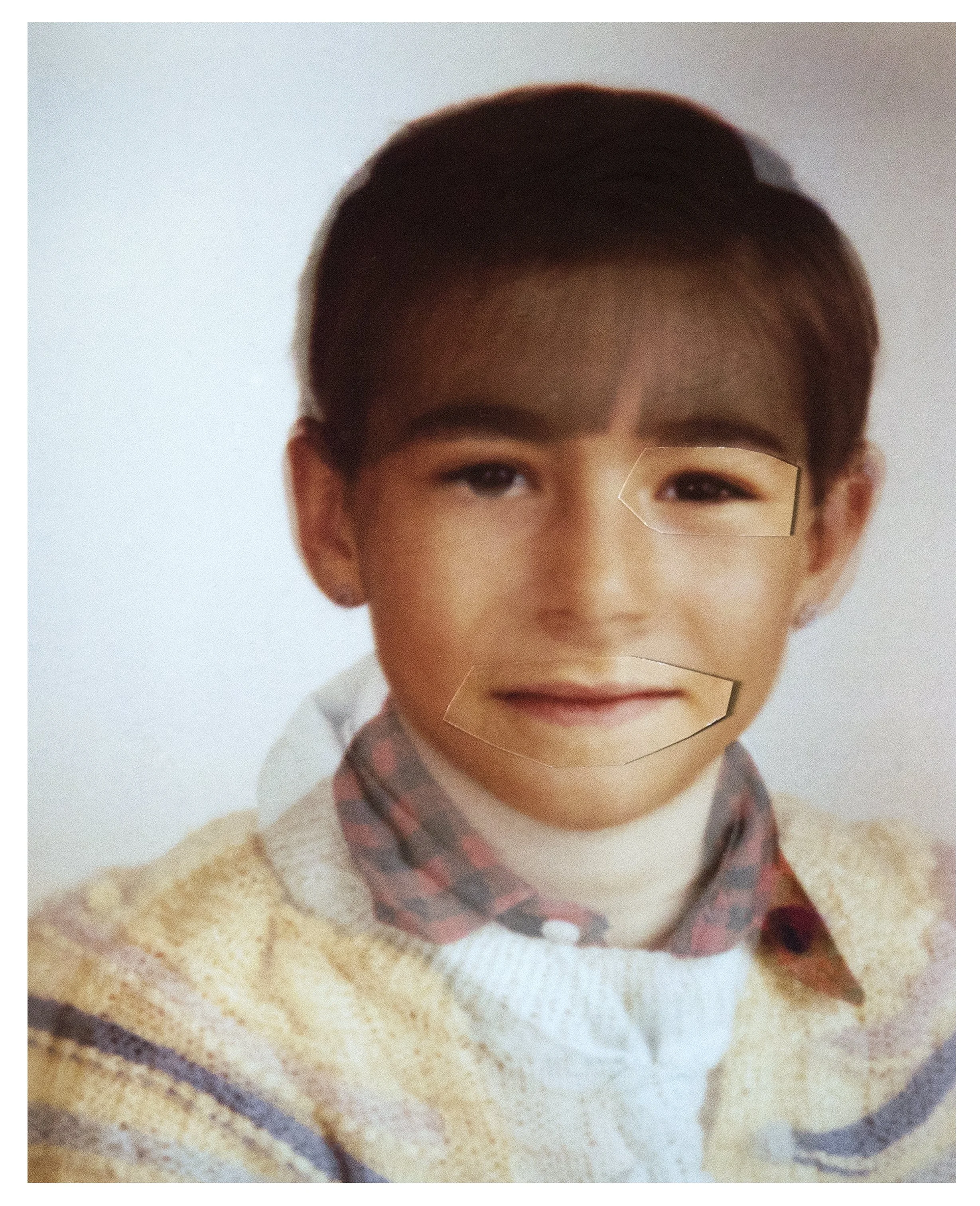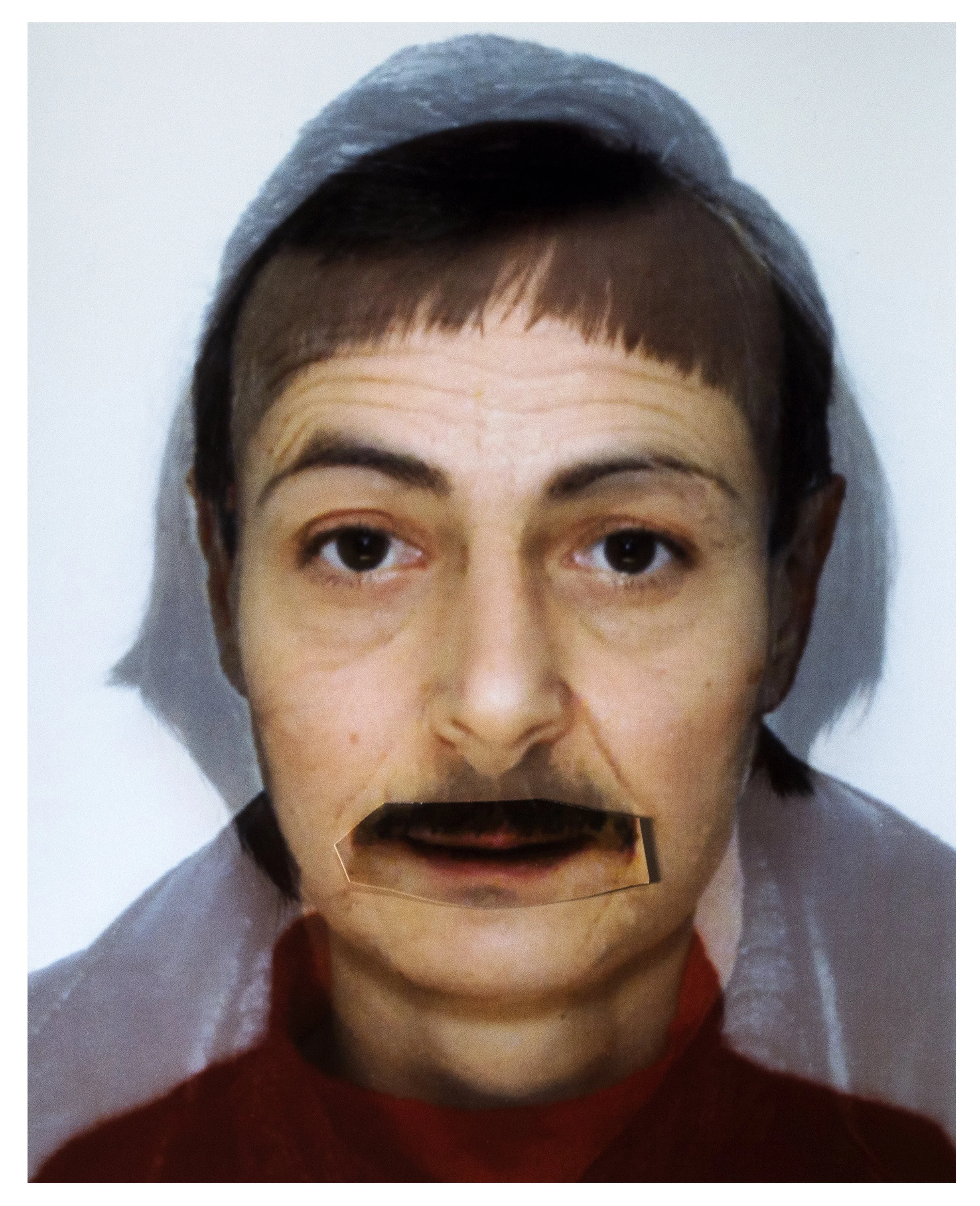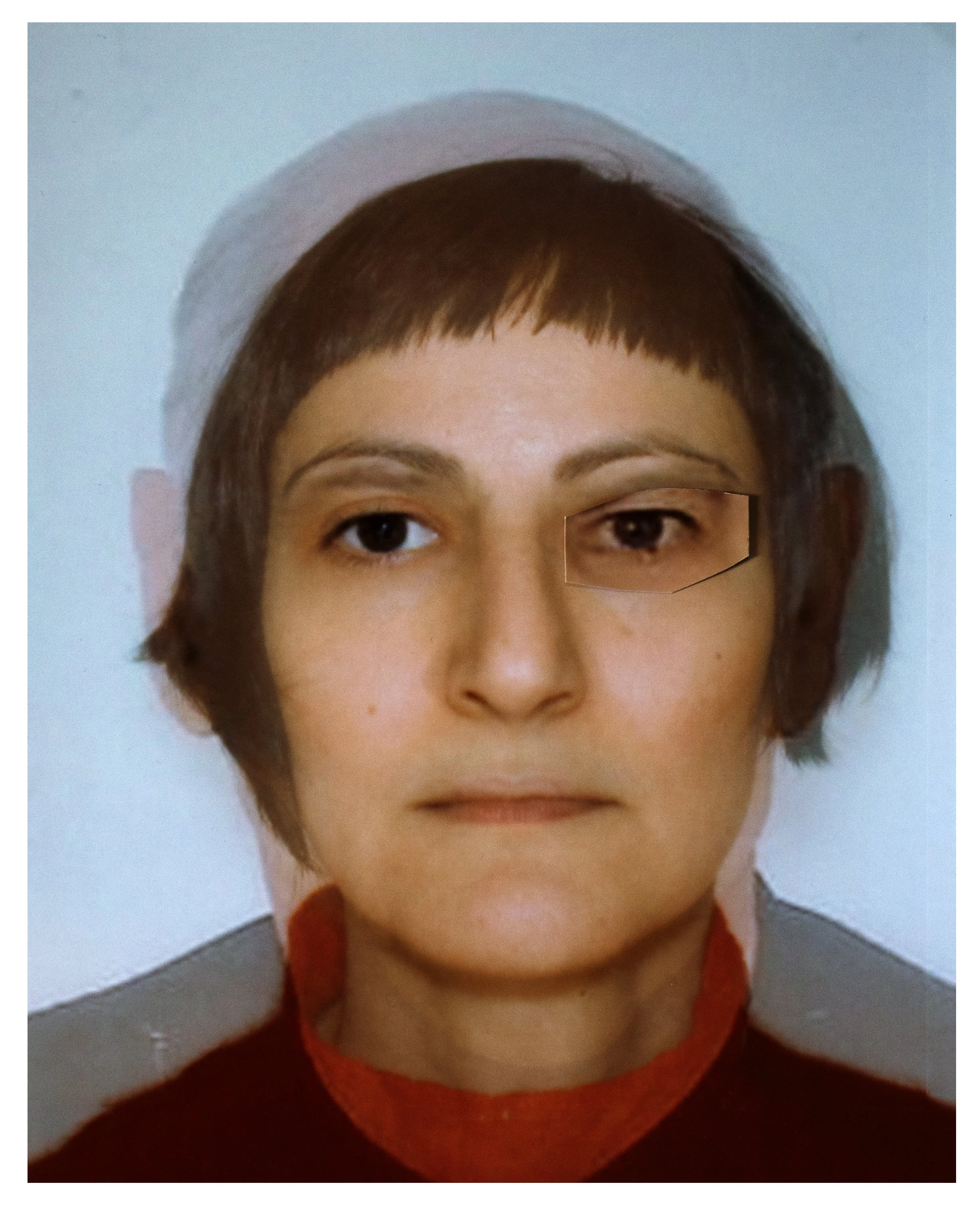The weight I wear is an intimate and formative project that brings together my autobiographical series, including Le Jeu de cette famille and Mes Tissages. Through these works, I explore the theme of memory, question my roots and highlight the visible and invisible elements that I carry within me: family legacies, identity conflicts, emotional scars and the strengths I have gained along the way.
This body of work stems from lived experiences that have shaped my relationship with the world, with others, with my own body and with my origins. It also reflects a need for distance and reinterpretation, transforming the personal into a subject of exploration where individual stories converge with universal concerns. How does one inherit a name? A silence? A hybrid culture? What do we do with blurred zones, wounds and contradictions? This project embraces such questions, including those that I have not yet articulated and which may one day be revealed by time.
The weight I wear is also a sensitive response to burnout and the ruptures I have experienced. Through images, textiles and testimony, I seek to create continuity within fractures. The artistic gesture becomes a space for repair and expression, where self-writing is woven through materials, collected voices and explored connections.
It is an open, expanding, and shifting work, mirroring the identities it explores. It asserts that the experiential perspective is not a withdrawal, but rather a point of reference from which to engage more fully with the world.
LE JEU DE CETTE FAMILLE
With Le jeu de cette famille, I explore the intimate mechanisms of identity construction through a series of photographic collages inspired by the well-known children’s card game. The project stems from a recurring phrase from my childhood — “You have your paternal grandmother’s eyebrows” — and from the sensory experience of a dual heritage, both French and Moroccan, visible and invisible, real and imagined.
As a Franco-Moroccan woman and visual artist, I have always been drawn to the visual dimension of kinship. This work began with a simple, intuitive gesture: digitally superimposing my own ID photo with those of members from both sides of my family. Very quickly, contours began to merge, faces fused, features intertwined. And where I thought I might find proof — an inherited eyebrow — I discovered much more: shared gazes, genealogies of features, a silent continuity running through generations.
The process gives rise to composite figures that are both playful and unsettling. Much like the game of Happy Families, the aim here is to “complete” one’s origins, but also to question their legitimacy, their gaps, and their reconstructions. These hybrid faces are as much fictional representations of memory as they are attempts to anchor oneself in a cultural and emotional genealogy. They embody the identity quest of anyone with multiple origins, torn between social assignments, the gaze of the Other, and a desire for belonging.
Beyond portraiture, these collages become affective archives, playing with the codes of ID photos, board games, and family documents. The card game format allowed me to maintain a deliberately light, almost childlike tone, defusing the tensions often projected onto questions of lineage and cultural hybridity. This choice is deliberate: it is precisely through play, repetition, and interaction that one can access a form of offbeat, poetic, and non-doctrinaire truth.
In this series, each image invites the viewer to search for resemblances, to recognise or project features as one would in their own family. The viewer’s involvement is essential — it re-enacts, on a smaller scale, the social mechanisms of recognition and identification, while underlining their relativity and their fictional dimension.
Le jeu de cette famille ultimately questions how we inherit — consciously or not — a familial and cultural imaginary. It examines the making of origins, the storytelling of genetics, and the ways in which our bodies, our faces, and even our emotions carry within them the traces of others — those we know, those we have been told about, and those we may never meet.




